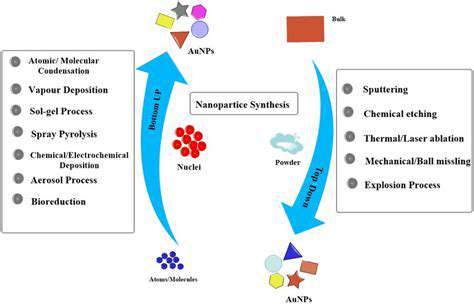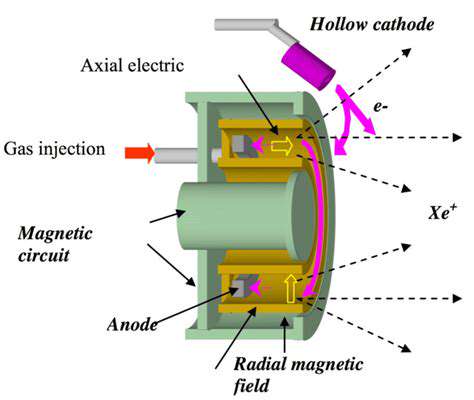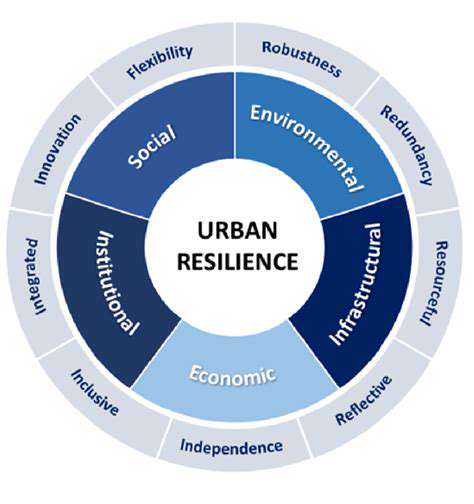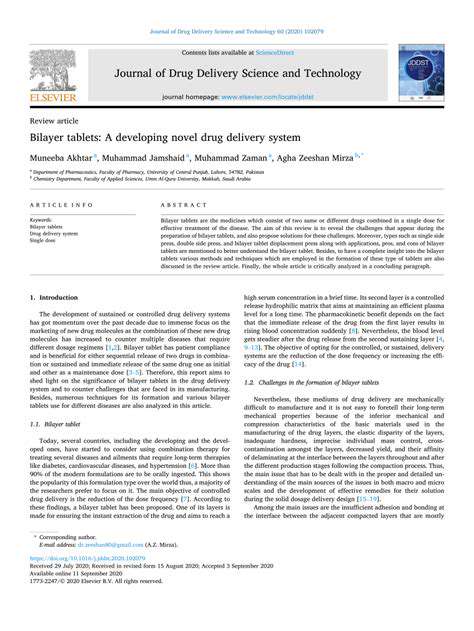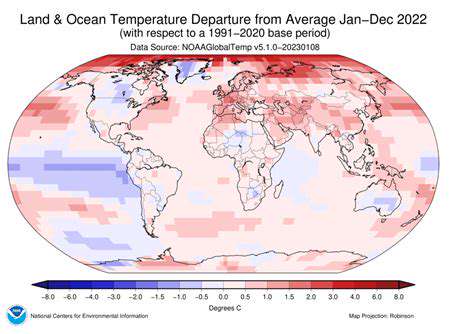The weight penalty remains stubborn - hydrogen systems currently add 15-20% to an aircraft's empty weight. This makes hybrid approaches attractive, with companies like Universal Hydrogen developing conversion kits that replace just one engine on regional jets.
Challenges in Hydrogen Production
Today's hydrogen comes mostly from natural gas, negating environmental benefits. The EU's Hydrogen Strategy aims for 10 million tonnes of renewable hydrogen annually by 2030, requiring 80-120 GW of new wind and solar capacity. This scale of investment explains why hydrogen aviation progress varies dramatically by region - nations with cheap renewables lead the race.
Chile's HIF Global plans to produce $1/kg hydrogen using Patagonian winds, while Australia's Asian Renewable Energy Hub will generate 1.75 million tonnes annually. Such megaprojects demonstrate how hydrogen aviation's success depends on parallel breakthroughs in renewable energy.
Safety Considerations and Regulations
Hydrogen's wide flammability range (4-75% concentration) demands novel safety systems. NASA's research suggests vertical venting systems could prevent gas accumulation, while graphene-based sensors enable leak detection at 1 ppm concentrations. These technologies are being incorporated into new FAA regulations expected by 2025.
Emergency procedures differ fundamentally from kerosene fires. Airbus's ZEROe concept includes fuselage vents that automatically open during crashes to prevent hydrogen buildup. Such design innovations illustrate how safety drives hydrogen aircraft architecture at every level.
Economic Viability and Infrastructure Development
Airport conversions require $10-50 million per gate for hydrogen capability. However, modular approaches like Hexagon's mobile refuelers offer interim solutions. This phased infrastructure rollout allows airports to test demand before committing to permanent facilities.
The learning curve is steep but promising - hydrogen ground support equipment costs have fallen 60% since 2015. Similar economies of scale could make hydrogen aircraft competitive on 500-mile routes by 2040, according to McKinsey analysis.
Challenges and Innovations in Hydrogen Aircraft Technology

Water Management in Hydrogen Production
Producing 1 kg of hydrogen through electrolysis requires 9 liters of ultrapure water. In water-scarce regions, this creates complex sustainability tradeoffs. New atmospheric water harvesting technologies could provide solutions - Arizona-based Zero Mass Water's hydropanels produce 5 liters daily from air moisture. Such innovations may prove vital for hydrogen production in arid climates.
Closed-loop systems are also emerging. ITM Power's latest electrolyzers recycle 90% of process water, while some designs use seawater after novel desalination. These water-smart approaches prevent hydrogen production from exacerbating global water stress.
Thermal Management Breakthroughs
Fuel cells operate at 80°C while hydrogen storage requires -253°C - managing this 333°C delta demands unprecedented thermal engineering. Lockheed's patented phase-change materials maintain cryogenic temperatures with 50% less insulation weight, potentially revolutionizing aircraft design.
Waste heat utilization presents another opportunity. Boeing's patents show how cabin heating could be derived from fuel cell exhaust, reducing parasitic loads. Such system integration exemplifies the holistic thinking needed for viable hydrogen aircraft.
Materials Science Innovations
Hydrogen embrittlement threatens conventional aerospace alloys. NASA's GRX-810, a 3D-printed oxide dispersion strengthened alloy, shows remarkable resistance after 1,000 hydrogen exposure cycles. This material could extend component lifespans by 2-3 times compared to current options.
Composite advances are equally crucial. Teijin's new carbon fiber achieves 30% greater hydrogen permeability resistance, addressing a major tank durability challenge. Such materials innovations are quietly enabling the hydrogen aviation revolution.
Powertrain Architecture Evolution
The distributed propulsion concept gains new relevance with hydrogen. Rolls-Royce's studies show how multiple small fuel cells could replace single large engines, improving redundancy and efficiency. This radical redesign could yield 12% better fuel economy on short-haul routes.
Hybrid approaches also show promise. UTC's hybrid-electric demonstrator combines hydrogen fuel cells with batteries for takeoff power boosts. Such configurations may bridge the gap until pure hydrogen systems mature.
Certification Pathways
Regulatory uncertainty represents a major industry concern. EASA's Special Condition for Hydrogen Fuel Cells (SC-H2FC) provides interim guidance, but full standards won't emerge until 2027. Pioneering projects like ZeroAvia's are effectively writing the rulebook through their certification struggles.
The FAA's new Hydrogen Aviation Rulemaking Committee includes unusual participants - chemical engineers and cryogenic experts alongside traditional aviation regulators. This interdisciplinary approach reflects hydrogen aviation's unique technical challenges.
Global Collaboration Networks
The Hydrogen Aviation Alliance now includes 47 airlines, manufacturers, and energy companies sharing R&D. This unprecedented cooperation accelerates progress while reducing duplication of effort across the industry.
Academic partnerships are equally vital. The EU's Clean Aviation Joint Undertaking funds 22 hydrogen projects across 15 nations, fostering cross-border innovation. Such collaborative models may become blueprints for tackling other complex technological transitions.
Human activities such as agriculture, urban development, and infrastructure projects are dramatically altering natural landscapes. These actions break up habitats into smaller, isolated patches, which can severely impact wildlife. When populations become separated, their genetic diversity declines, making them more vulnerable to diseases and environmental changes. Smaller groups are also at greater risk from random events like storms or wildfires, which can wipe them out entirely. Additionally, the loss of connected habitats disrupts essential natural processes, such as animal migrations and plant pollination, further threatening biodiversity.

